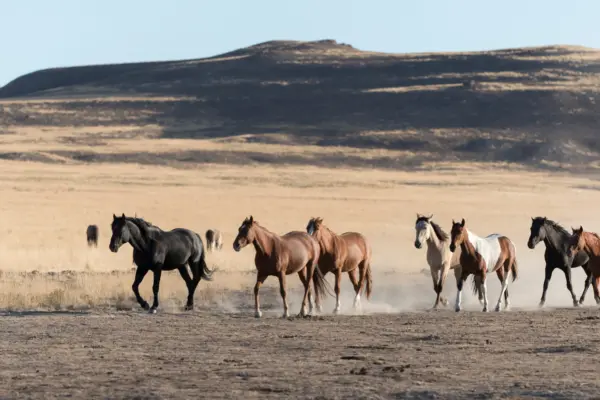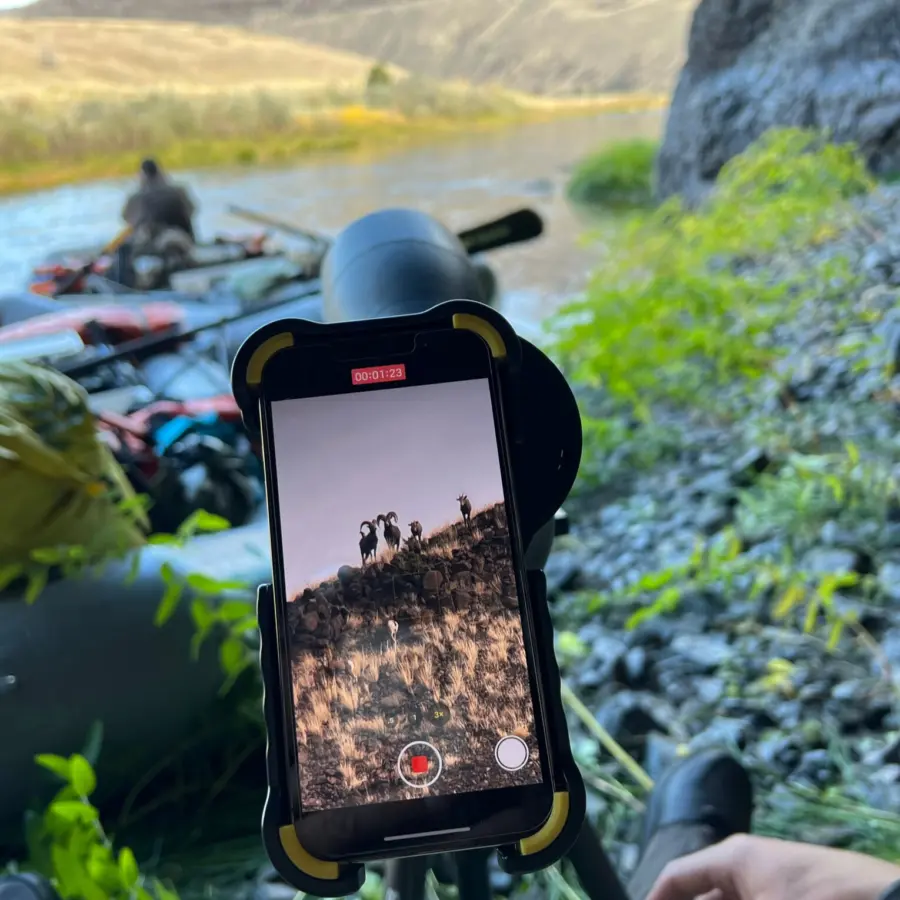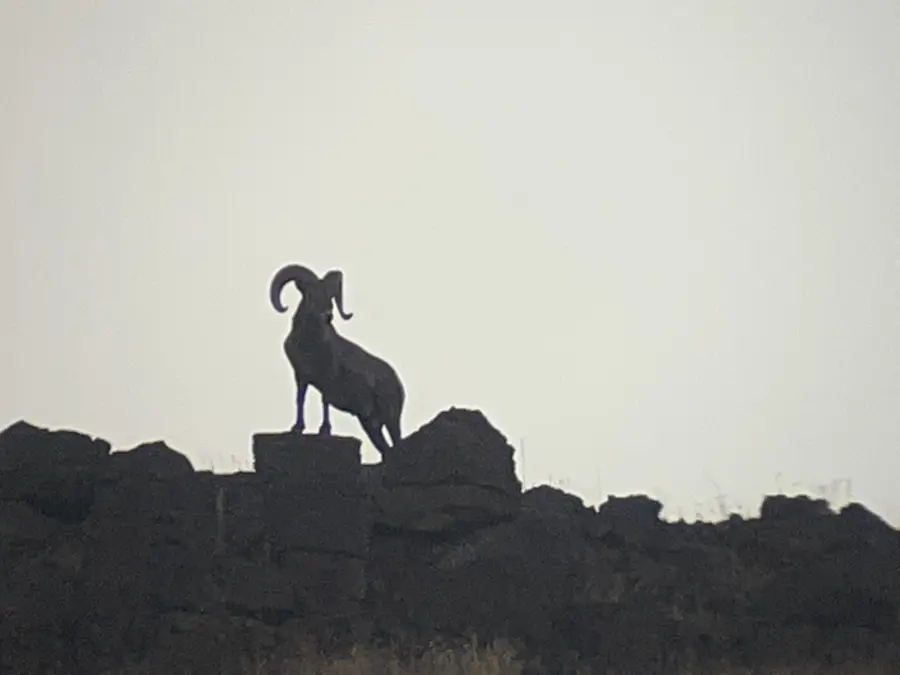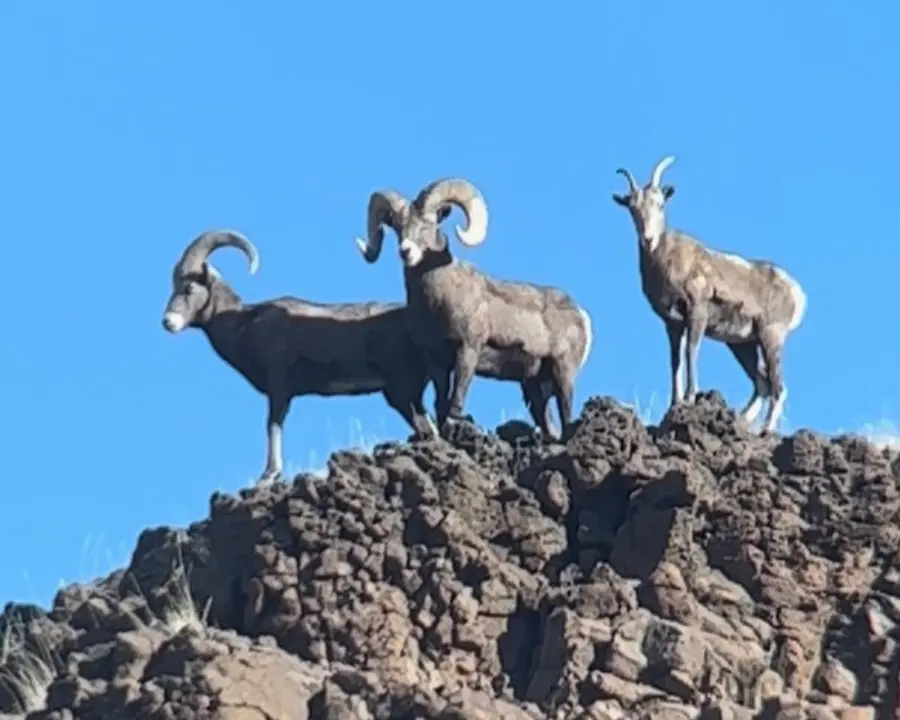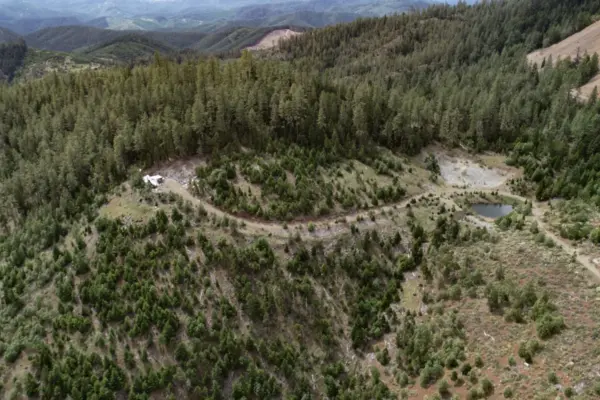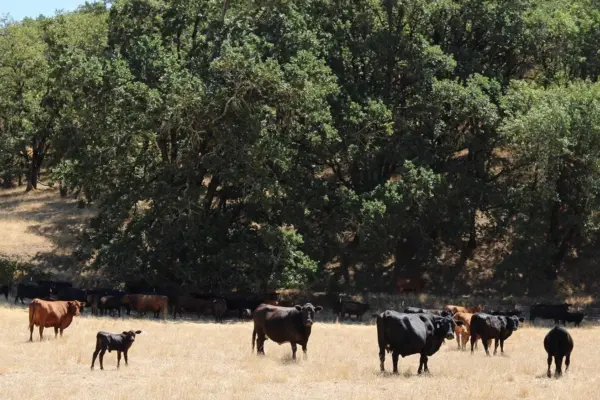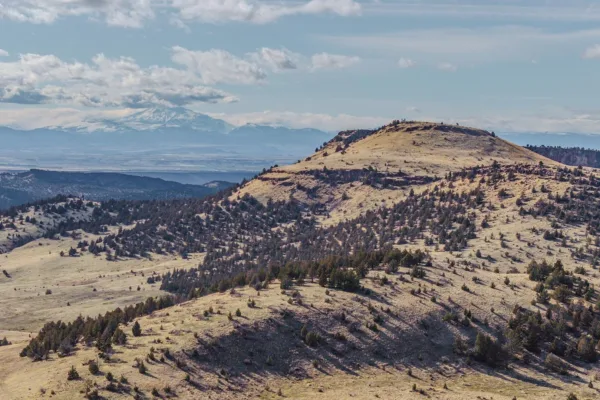In the heart of the wild, where the mountains meet the sky and the air is fresh, there lives a creature that embodies the essence of the rugged wilderness. The wild sheep has been celebrated in the stories and writings of legendary hunters, with reminiscence of Native Americans from long ago idolizing this majestic animal through pictographs found on many western landscapes throughout North America. For someone like me, whose life has revolved around hunting wild game since childhood, hunting isn't merely just a hobby; it’s a deep-seated passion that has evolved into a lifelong dedication to preserving these iconic animals and the landscapes they call home.
Hunting has been a part of my life since I was knee-high, when I was barely able to keep pace with my dad and uncle while tagging along on pheasant hunts at the tender age of five. By age eight, I was eagerly rushing home after school, grabbing my Remington Wingmaster model 870 20-gauge shotgun and venturing out with my trusty yellow lab in search of upland birds until sunset, filled with an enthusiasm that only grew stronger as the years passed. One particularly memorable moment was my 10th birthday – which actually coincided with the opening day of deer season – when my grandparents surprised me with a 270 rifle, marking an integral moment in my lifelong journey with hunting. When it wasn't bird season, I often wandered the ranch with binoculars in hand, quietly observing mule deer bucks. I was full of anticipation and readiness as my first buck hunting season drew near, having chosen my target days prior to the opening day. These are the types of hunting memories of my childhood that are burned deeply into my mind and soul. Hunting season for me was, and continues to be, some of the most cherished moments of my life.
After completing high school and college, I found myself drawn back to the rural community of mostly farms and ranches where I grew up. Though there were limited job options, I landed a job on a ranch that operated a bird preserve and also operated a big game program offering deer and elk hunts. This was the experience that reconnected me with my roots. Today, not only am I a farm and Ranch broker for Fay Ranches, I own and operate an outfitting company that specializes in guided hunts, primarily focused on big horn sheep, throughout the Western United States and extending south of the border into Old Mexico. Our mission as an outfitter is to harvest the most mature sheep and aged rams that are at the end of their life cycle, prioritizing the health and well-being of these historic animals in their mountainous habitats.


